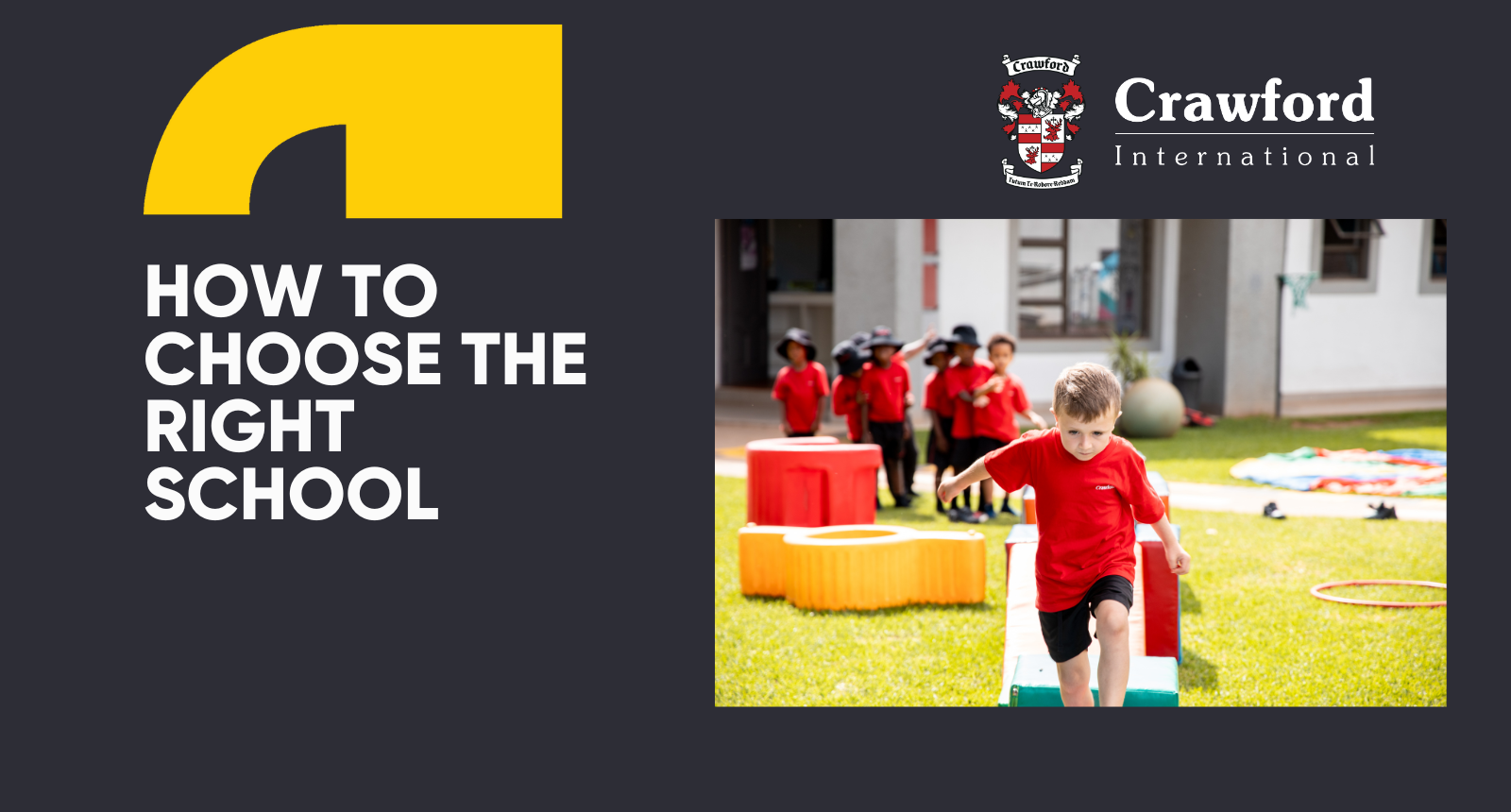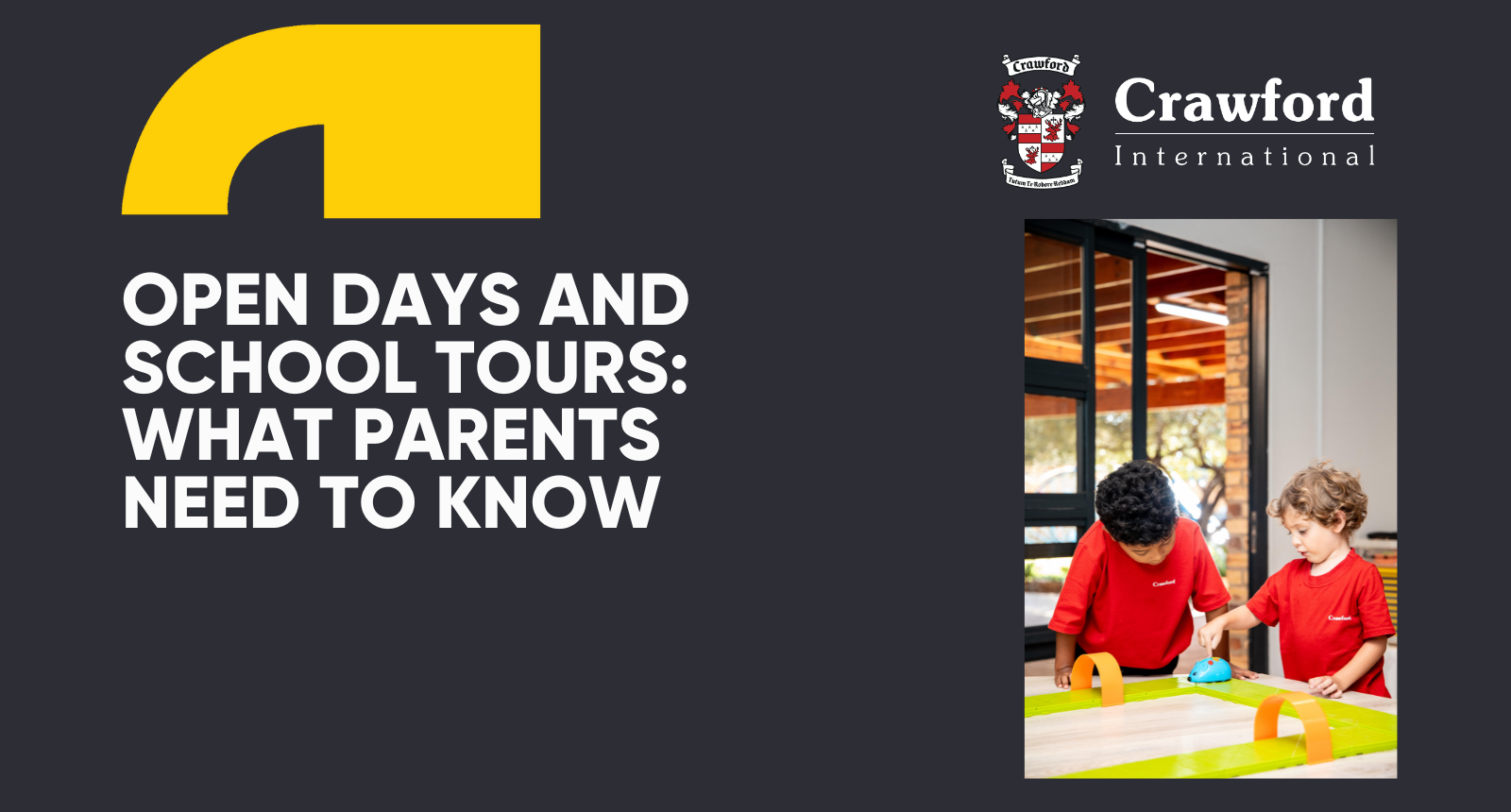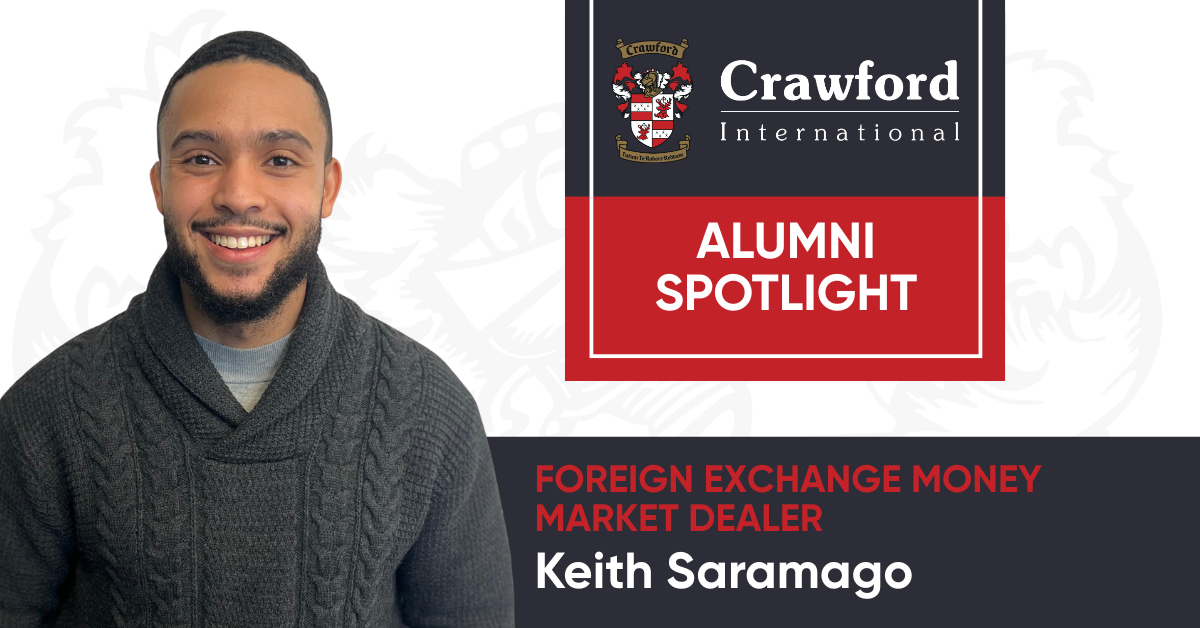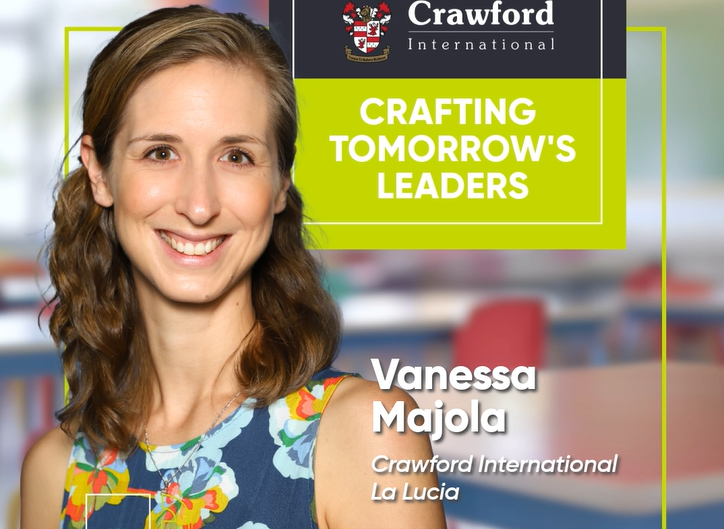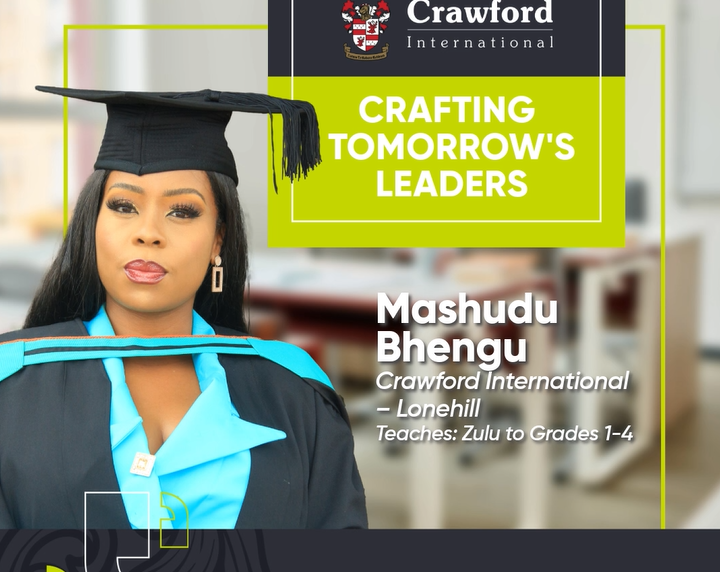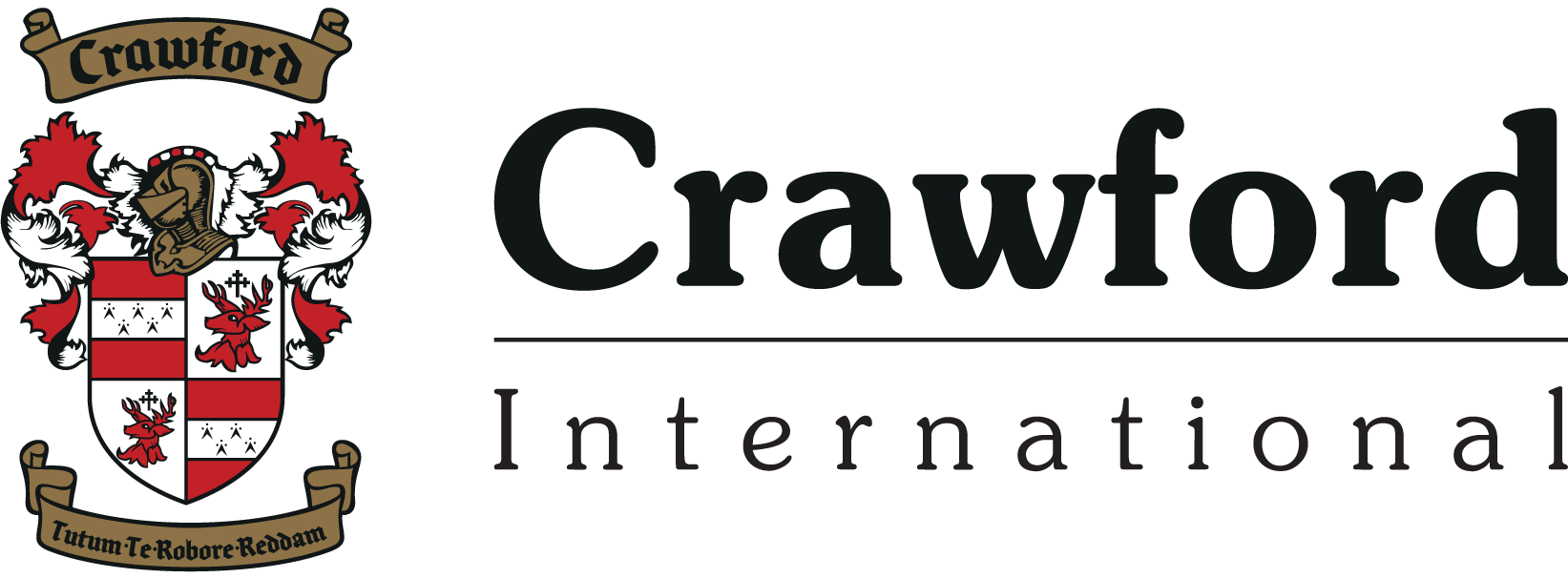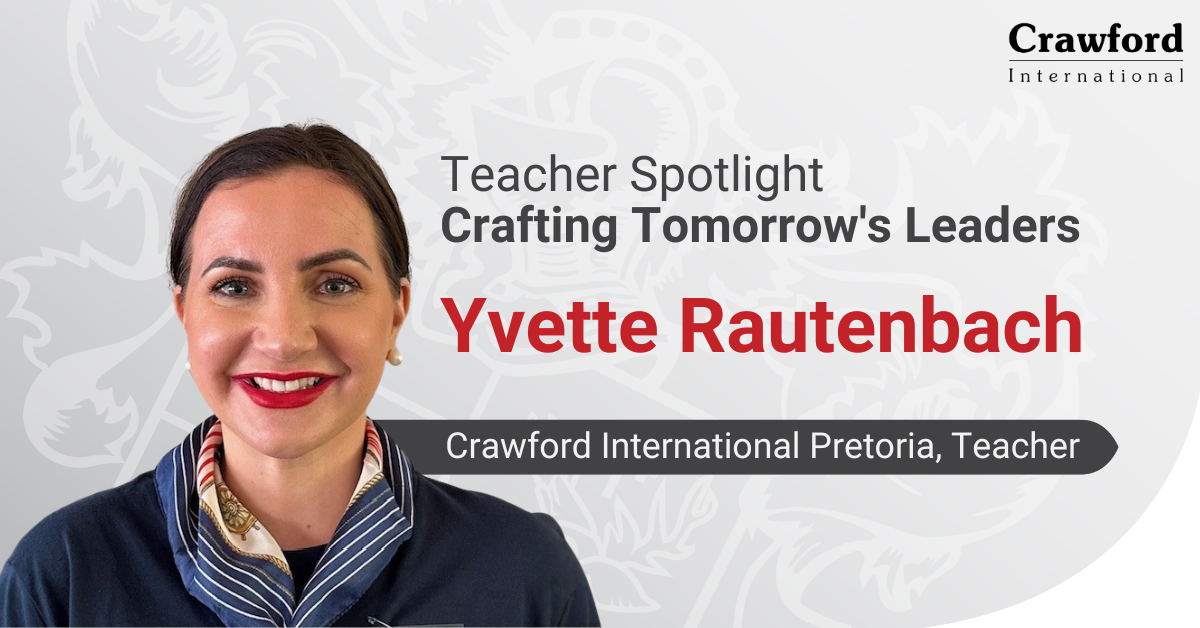Find the best extracurricular activity for your child.
ADvTECH Group • March 18, 2022
What to choose? Here’s how to figure out how to choose the extramural activities your child will benefit from most.
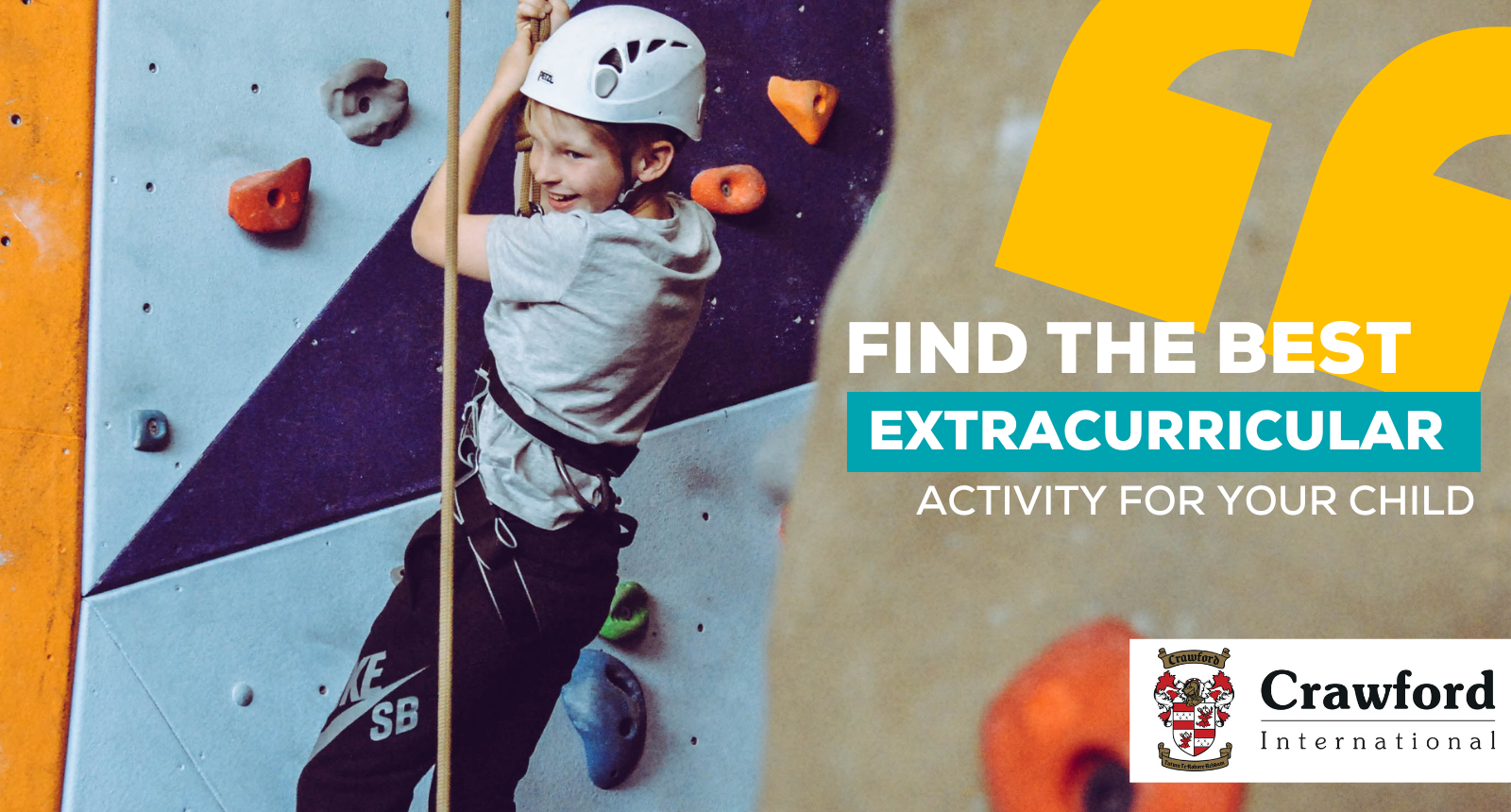
Given the hectic pace of life and the dizzying array of after-school activities available in today’s world, it’s enough to make anyone’s head spin. But taking part in extracurricular activities throughout their school career does do wonders for a child’s development. Given the sheer amount of choice of after-school activities available to children today, we as parents can help them pursue extracurriculars that are the right fit for them and their futures.
Benefits of extracurricular activities:
By taking part in after-school activities, your child is not only being given an outlet. Extracurricular activities are an investment in their future, they also get to benefit from:
An active lifestyle Extracurricular activities help to keep your child busy, which cuts down on possible screen-time and encourages a future balance between life and work.
A mental effect Through after-school activities, your child gets to reduce stress and tension and enhance their identity and personality. You may even find their sleep improves. Plus, studies have shown that children who take part in extra murals are more alert and engaged at school, with greater focus and healthier study habits.
Improved confidence and self-esteem come about as your child participates in activities and works towards (and achieves) goals.
Social connections and friendships happen organically, as your child is interacting with peers who share their interests in a safe environment.
Discovering passions by exploring and trying out new things. Being exposed to a variety of new experiences helps your child figure out what they like and matters to them, and then spend time mastering their interests and crafts.
Teamwork and problem-solving Even in solo activities, your child learns how to work with their tutor, coach, and peers to reach a common goal, and have to find ways to make that happen regardless of any issue that crops up along the way.
Developing life skills Most extramural activities rely heavily on communication, and through this your child learns leadership skills, listening and decision-making, as well developing character.
Choosing the right fit
Our children reap these benefits when they engage in extracurricular activities that they are interested in and that help to nurture their personalities. The trick is figuring out what options are a good fit for both you and your child, so keep an open mind and let your child try some new things.
Talk to your child about the options that are available at your school and in your area and find out what they are interested in. Allow them to pursue some options and explore their capabilities. Chat about the pros and cons of each without letting your own opinions sway them and then ask them to rank them in the order they like best – this will help them feel like this is their decision.
Consider your child’s interests, strengths, and weaknesses. What are their favourite subjects and how do they like to spend their time? You may also want to select an activity that amplifies the things they’re good at or gives them support to build on weak areas.
Think about your child’s character – are they shy or more extroverted? Do you think they’d prefer solo activities, or would they be happy to take part in performances? Who your child is and how they will thrive are key to this decision.
What’s the aim of the extramural? For example, does your child want to make more friends? Perhaps a team activity is best. Does your child need a confidence boost? Look for an activity that will focus on their strengths. If you’re looking for therapeutic support, you may want to chat to your child’s occupational, speech, or other therapist about extracurriculars that will enhance the work being done through the therapy.
Your schedule matters too, so bear the logistics in mind. Look at proximity to your home or office, times of the activities, the weekly commitment requires, etc.
Types of extracurricular & co-curricular activities
Gone are the days of only being able to participate in one winter and one summer sport. Today’s list of extracurricular and co-curricular activities vary widely and cover an array of categories, which means your child gets to explore their passions and personalities through organised activities.
Sports could include everything from the traditional; like cricket, netball, athletics, and tennis; to basketball, gymnastics, water polo, and more. This means that even if your child isn’t interested in mainstream sports, there could be a physical activity on offer at your school or in your area that they could participate in.
Cultural activities offer children an opportunity to explore their creativity and cover everything from drama, art and dance, public speaking, and debating, to more out-of-the-box options like photography, sound and lighting, design, and various types of music.
STEM activities fall into the subjects of Science, Technology, Engineering, and Math, and are a great option for kids who like to play on computers and tablets, or potter with building and creating things. You can look into robotics, coding, Lego clubs or E-sports. Read our article on E-sports here.
Other activities like chess, cooking, community outreach, languages, academic clubs, and affinity groups also give children an opportunity to explore and express their interests.
Each of Crawford International’s schools offer sports and cultural activities that are included in school fees, as well as additional private activities to ensure your child’s interests are met. These vary from campus to campus.
Learn more here.
How many is too many?
There’s really no set limit on how many extracurricular activities a child can participate in, but some kids thrive on a busy schedule while others need more downtime. Keep an eye on your child to see if it’s time to cut back or add one or two extramural activities, as both feeling overwhelmed or being bored will have an effect overall.
It’s also a good idea to assess things every term to make sure that your child has enough time to eat and sleep appropriately and do their homework and spend time with the family and their friends without the extra murals having a negative effect. Remember that your child will benefit more from having one or two activities they focus on and master, than so many that they don’t put effort into them anyway.
